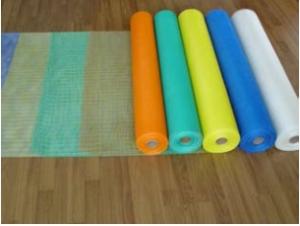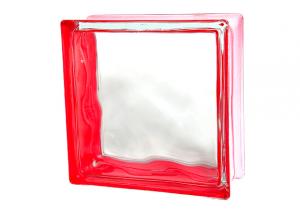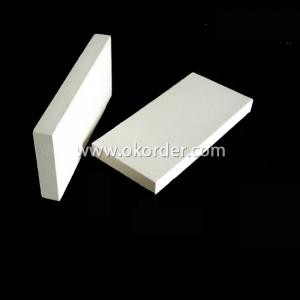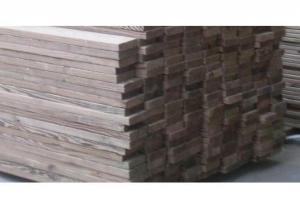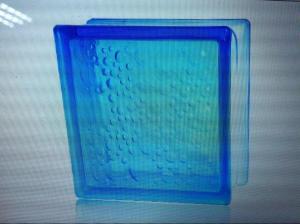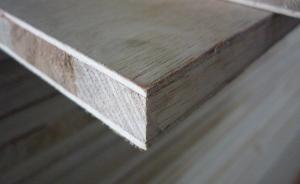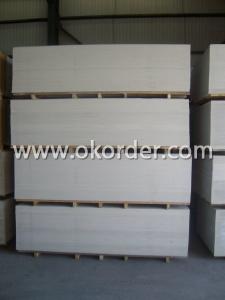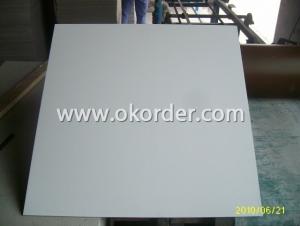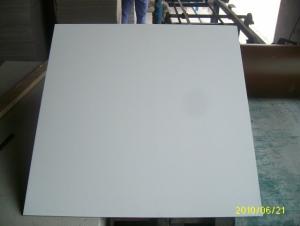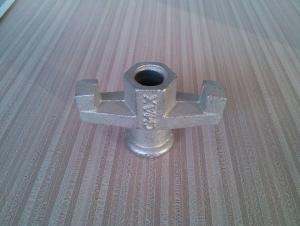Coated Alkali-resistant fiberglass mesh cloth (gram weight 110)
- Loading Port:
- China Main Port
- Payment Terms:
- TT OR LC
- Min Order Qty:
- -
- Supply Capability:
- -
OKorder Service Pledge
Quality Product, Order Online Tracking, Timely Delivery
OKorder Financial Service
Credit Rating, Credit Services, Credit Purchasing
You Might Also Like
Coated Alkali-resistant fiberglass mesh cloth is
based on C-glass or E-glass woven cloth and
treated by alkali-resistance copolymer resin on
the surface.
The woven cloth is made of fiberglass yarn or
roving by means of leno or plain weave.
The diameter of elementary fiberglass varies
between 9 and 15 micron.
The resin used for the surface treatment ensures
the property of alkali-resistance and increases
the mechanical durability that is required by the
construction industry.
- Q:Will the equipment based on the beam column and other structures, can not be poured once completed, should be set up civil construction or fixed?
- The following model for your reference, the project budget is to determine the project cost and work, material consumption of the document, is the basis for assessing the economic investment
- Q:Are steel props suitable for supporting concrete slabs?
- Yes, steel props are suitable for supporting concrete slabs. Steel props are adjustable and can provide strong support for concrete slabs during construction or renovation projects. They are designed to handle heavy loads and can be easily adjusted to the required height, making them an ideal choice for supporting concrete slabs.
- Q:The area of the beam template = (both sides of the high and low beam) * beam lengthWhat do you mean by the two words in the brackets?
- Wall: exterior wall from the upper surface of the floor to the upper surface of the floor, the inner wall is considered to the upper floor (beam) under the surface, within 0.3 square meters of the area of the hole is not deducted, do not increase the side wall template, the use of large formwork when the hole is not deducted
- Q:We woke up this morning to a flood on our living room. It did not drip from above and we have no idea where it can from not the bathroom or the kitchen either. We live in underground apt with tile floor is it possible it is seeping through the tile?
- A water line under your floor must have burst. If your floor is on a concrete slab foundation, that's what happened. It happens a lot. Sorry to hear about that. You may as well ge a plumber to come over as soon as possible. Otherwise it will just get worse and worse.
- Q:OK. I've been told not to urethane my laminate flooring. How can I seal it to keep water from bath and showers from seeping between the joints and curling? Note: It's pretty cheap laminated panel flooring but it looks nice, now..
- Teach all occupants of home to dry body in bath or shower. Immediately clean up any water that gets on floor Laminate floors are poor choice for bath but with care it can work You could take apart floor and seal joints but not really worth the effort if floor is cheap anyway
- Q:Can steel formwork be used for energy-efficient concrete buildings?
- Energy-efficient concrete buildings can utilize steel formwork. The strength, durability, and versatility of steel formwork make it a suitable option for constructing energy-efficient structures. Precise design and construction are achievable with steel formwork, which is essential for achieving energy efficiency in buildings. Architects and engineers can customize steel formwork to create intricate designs and complex shapes, allowing for the incorporation of energy-efficient features like insulated walls, solar shading devices, and efficient HVAC systems. Furthermore, steel formwork offers excellent thermal conductivity, which helps maintain consistent indoor temperatures and reduces energy consumption. By using steel formwork, concrete walls and floors can be designed with insulation materials that provide high thermal resistance, minimizing heat transfer through the building envelope. This reduces the energy required for heating and cooling, resulting in improved energy efficiency. In addition, steel formwork is easily reusable, reducing construction waste and promoting sustainability. It can be dismantled and reassembled for multiple projects, making it a cost-effective and environmentally friendly choice. Choosing steel formwork for energy-efficient concrete buildings not only minimizes energy consumption but also reduces the overall environmental impact. To conclude, steel formwork is an effective choice for constructing energy-efficient concrete buildings. Its strength, durability, versatility, and thermal conductivity make it suitable for incorporating energy-efficient features into the building design. Moreover, its reusability promotes sustainability, making steel formwork a viable option for creating energy-efficient structures.
- Q:How do steel tube couplers contribute to the stability of a scaffolding structure?
- Steel tube couplers contribute to the stability of a scaffolding structure by providing a secure and reliable connection between the individual tubes. These couplers are designed to join the tubes together, ensuring that they remain aligned and in place during construction activities. This connection enhances the overall stability of the scaffolding system, preventing any movement or displacement that could compromise the safety of workers and the structure itself.
- Q:I have a top loading washing machine, dont know much about them or how to clean them. My clothes are coming out all covered in grey lint. Help!
- This Site Might Help You. RE: How do I clean the lint filter in my washing machine? I have a top loading washing machine, dont know much about them or how to clean them. My clothes are coming out all covered in grey lint. Help!
- Q:What are the different types of geosynthetic reinforcements for embankments?
- There are several types of geosynthetic reinforcements used for embankments, including geotextiles, geogrids, geocells, and geocomposites. Geotextiles are permeable fabrics that provide separation, filtration, and drainage in embankments. Geogrids are high-strength polymer grids that offer soil stabilization and reinforcement. Geocells are three-dimensional honeycomb structures that confine and stabilize the soil. Geocomposites are composite materials that combine two or more geosynthetic components, such as geotextiles and geogrids, to provide multiple functions like filtration and reinforcement simultaneously. These geosynthetic reinforcements help enhance the stability, strength, and performance of embankments.
- Q:Bathroom aluminum-plastic ceiling degumming how to do?
- Even if they use glue, it is possible because the water vapor and moisture again open plastic, the best way is to use a small screw on the top. No other way, in addition to the ceiling, it can only do so, to measure, the loss of doing so the smallest.
1. Manufacturer Overview |
|
|---|---|
| Location | |
| Year Established | |
| Annual Output Value | |
| Main Markets | |
| Company Certifications | |
2. Manufacturer Certificates |
|
|---|---|
| a) Certification Name | |
| Range | |
| Reference | |
| Validity Period | |
3. Manufacturer Capability |
|
|---|---|
| a)Trade Capacity | |
| Nearest Port | |
| Export Percentage | |
| No.of Employees in Trade Department | |
| Language Spoken: | |
| b)Factory Information | |
| Factory Size: | |
| No. of Production Lines | |
| Contract Manufacturing | |
| Product Price Range | |
Send your message to us
Coated Alkali-resistant fiberglass mesh cloth (gram weight 110)
- Loading Port:
- China Main Port
- Payment Terms:
- TT OR LC
- Min Order Qty:
- -
- Supply Capability:
- -
OKorder Service Pledge
Quality Product, Order Online Tracking, Timely Delivery
OKorder Financial Service
Credit Rating, Credit Services, Credit Purchasing
Similar products
New products
Hot products

